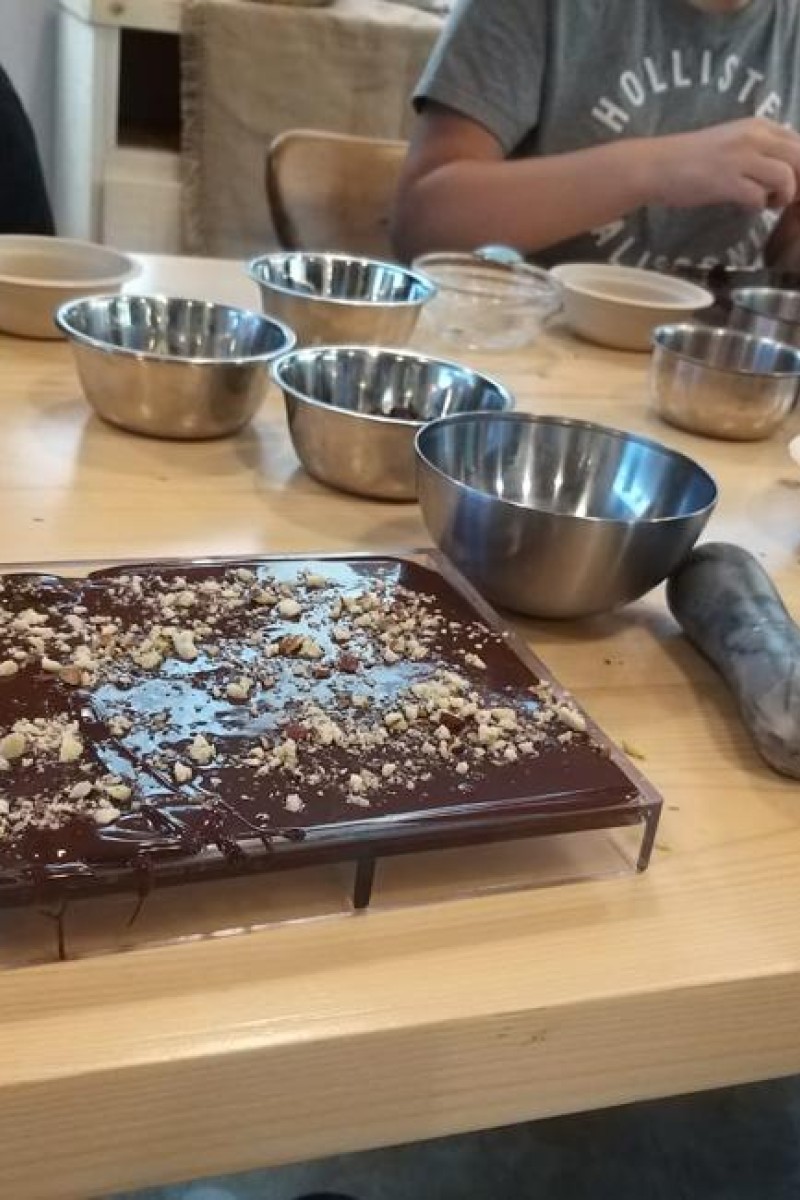
What is bean-to-bar chocolate and how is it made? One junior reporter learns from a Hong Kong-based company
Published:
Natasha Ho
Listen to this article
Transforming a humble cacao bean into the tasty chocolate we know and love takes work – and a bit of magic
Natasha Ho |
Published:
Sign up for the YP Teachers Newsletter
Get updates for teachers sent directly to your inbox
By registering, you agree to our T&C and Privacy Policy
Sign up for YP Weekly
Get updates sent directly to your inbox
By registering, you agree to our T&C and Privacy Policy